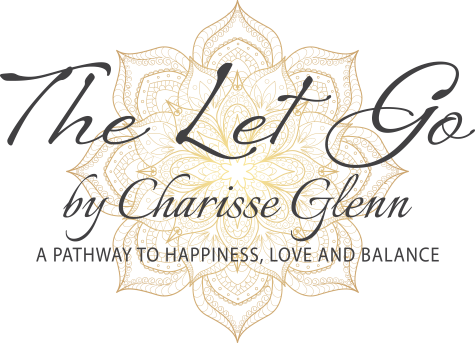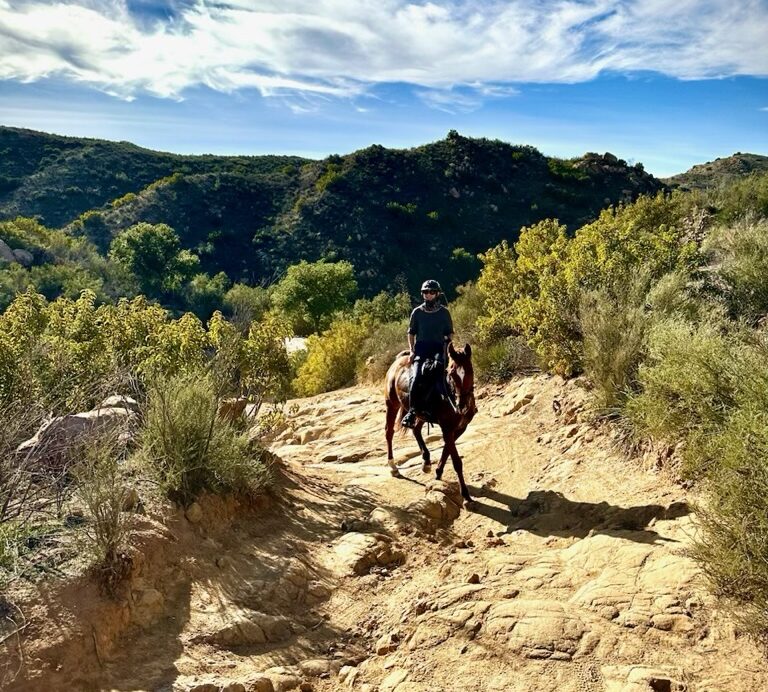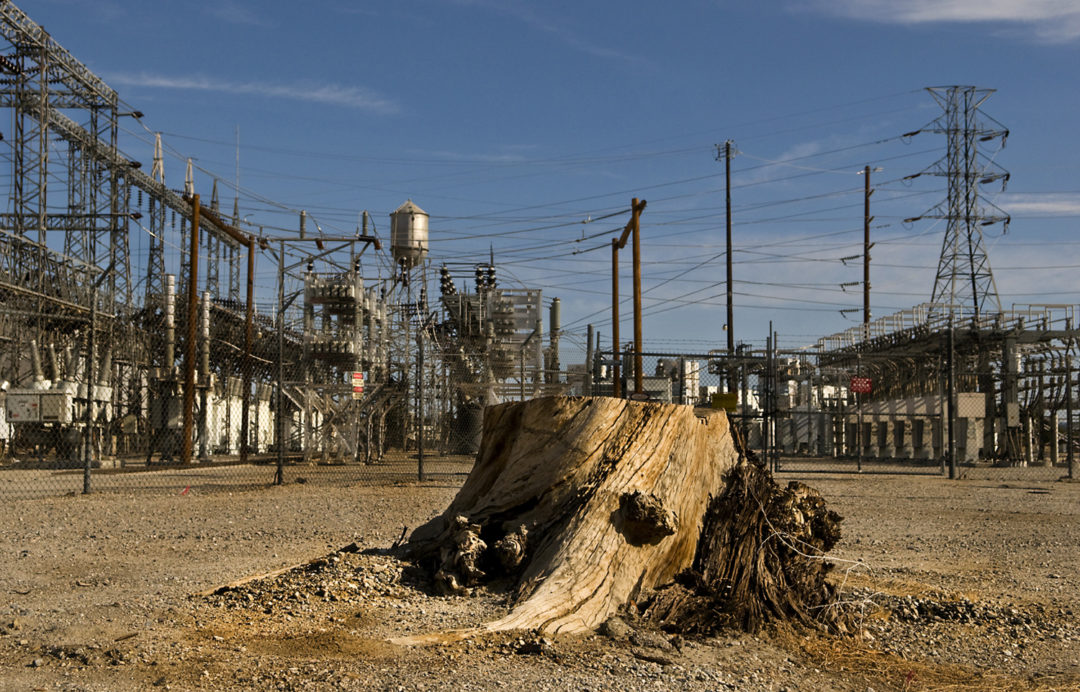Horses teach you a lot; very little of it has to do with horsemanship
~ Tom Dorrance
Life is filled with challenges. We can do what we have always done and hope for the results we imagine, or we can alter our thinking and soften our expectations.
Once again, my teacher appears to remind me to rethink how I approach challenges, to lighten up, and to finesse my desired outcome with the gentlest touch.
Sheba came into my life as a successful competitive Endurance and ex-English Pleasure horse that had been in pasture for a few years due to the divorce of her owners. She never had her human; she was ridden by many, so when she arrived, she yearned to connect yet lacked the trust that it would happen.
Without trust, learning is ineffectual.
To create trust, I must understand where her trigger points are. It can be like detective work, uncovering hints little by little, or sometimes they show themselves in significant reactions like an explosion. Once uncovered, I needed to create positive associations so that she could begin to rely on me and that I would not harm her.
Horses, like humans, show us exactly who they are by their reactions. As an equestrian, it is my responsibility = the ability to respond to figure out what her history was and how to better the situation without creating any negative responses.
Unlike human-to-human communication, she could not tell me what her experiences had been nor how she developed her habits; since a habit is just a response that we do repeatedly.
When getting to know a horse, the real work begins with me, not the horse. A common fault when faced with something that disrupts what one desires is to blame it on the horse, the saddle, or the bit. Or if we are talking about relationships, blame the other person.
Commonly, negative behavior is either from fear or pain and my obligation as her human was to figure it out. If it is not a pain-related reaction, I must examine how I communicate. This is always my signal to soften up and listen.
When Sheba first came to me, she had what we call race brain; unless she were in front of the group going fast, she would go nuts. My initial goal was to unwind that behavior and reprogram her, showing her it was okay to settle and relax. So we practiced this regularly, and she got good at it.
Because Sheba was a very forward horse, meaning even though she was now relaxed, her stride was long, and she liked to move, it concerned me when she suddenly ( or was it?) seemed to lack impulsion. I initially thought it was a strain, perhaps hormones from being in season, and I didn’t want even to think it could be worse, an injury that would take her out of competition. She still reacted similarly after bodywork and adjusting her supplements to help her through her heat cycles.
Frustration has no value when wanting to communicate, so I needed to be conscious of how I reacted. Horses are hypersensitive; they can feel a single fly on their backs and hear our heartbeat from 4 feet away. I was given a tip by a friend I tried, which moderately altered the issue, but not to any great degree. Instead of blaming Sheba, labeling her, or giving up on her, I had to figure out why her behavior had changed and what I would do about it.
Sheba had been very patient with me. But I wasn’t listening. So, she had to take the initiative to show me she was ready for the next level. Her only way to communicate was through a reaction so big that I would STOP and take note.
Sometimes, we must go slow before we can go fast. I decided to lay back for a while and go at her desired pace. Have you ever gone hiking or running with someone whose natural stride was too long or short to run comfortably?
Then the lightbulb went off. A dear friend and fellow equestrian told me that Sheba wants her rhythm.
Once I heard the word rhythm, I understood completely. I comprehended that I was hindering Shebas’ natural stride. She needed her rhythm and was ready to show me what she was capable of. Funnily enough, finding that pace is also imperative to a successful endurance horse. We were back on track after one adjustment and many hours of searching.
It is often with the softest touch we can affect the biggest change. Yet, it begins by looking at ourselves. To focus on what we can do to communicate differently, learn to hear what is needed through responses, or how to see from reactions without immediately thinking the horse is acting out.
Horses are honest animals. They can hurt us because they are large, and when they react, they can be explosive, but if we are continuously aware, usually, their intention is not to harm.
Their reactions are a gift for us to see, feel, and hear, and if we are conscious, willing to learn. I refer to horses, but lessons come from everywhere, a dog or a relationship with another person; there are always challenges to overcome and hidden reasons why sentient beings react the way they do.
The blame is not on them, for their reactions have been a key to their survival; it is up to us as evolved souls to translate those signals, sometimes digging deeper to understand the seed planted so long ago.
To go softly in life is about understanding the journey each being has to traverse, and instead of dismissing it, to accept they are acting as they know how. It is not something to take personally when it contrasts with our ideals; it simply is. Go softly and watch your world change.





